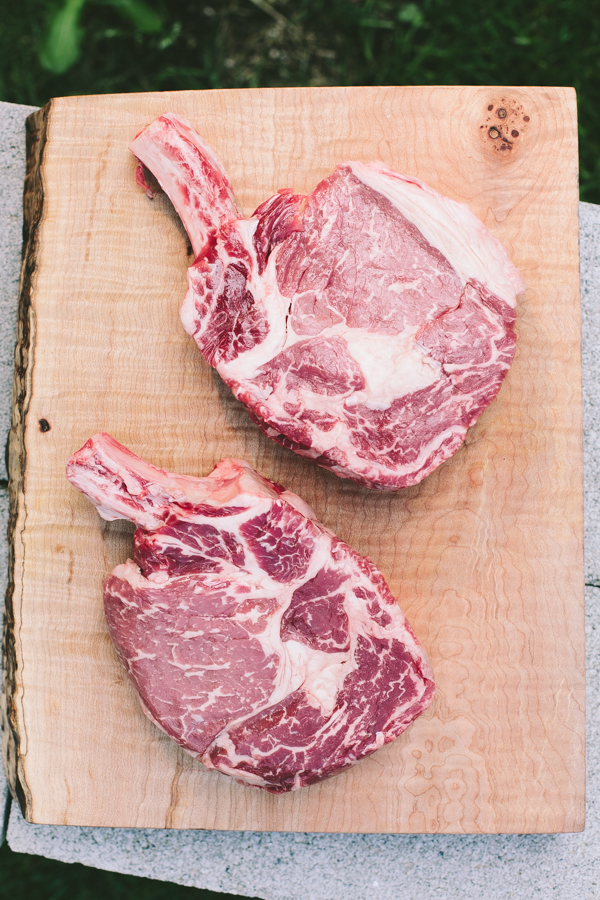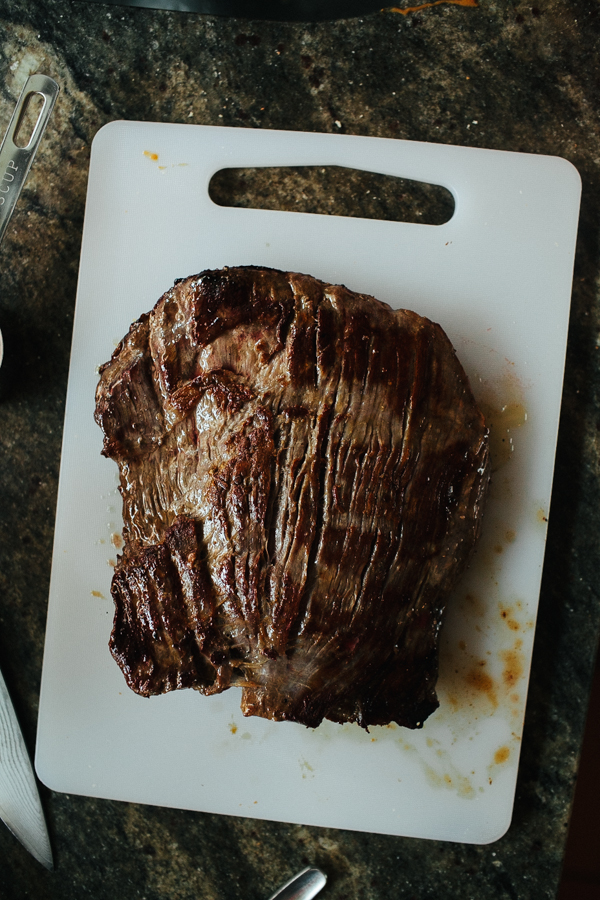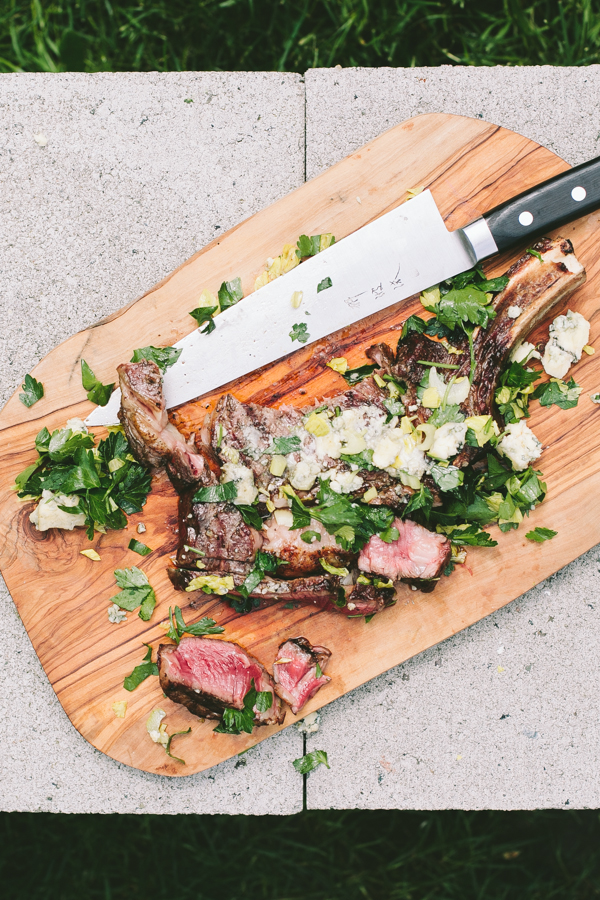What Happens if You Cover Your Beef in Salt and Set It in the Refrigerator Over Night
Top Tips for How to Cook a Steak Perfectly
A good steak is looked at with awe and reverence. When steak is on the dinner menu people take notice. Part of the high esteem is due to the sticker price. Because of the high cost, there also comes a bit of intimidation; "What if I mess it up? What if it tastes like shoe leather? What if it's still raw? Forget it, let's just eat chicken."
Well, I'm here to remove that intimidation and help you put steak on the dinner menu. With these culinary techniques, you'll find that steak is actually the answer to a quick dinner without a lot of fuss.
Here are some top tips for cooking up a perfect steak

Choosing your meat
I admit, this part can be confusing. That's is why I deflect to the experts — ask the butcher. They know the right cut for your needs, will give valuable cooking tips and cut the steaks fresh daily, so you are getting the best quality.
If a butcher is no where to be found, go with the best quality you can afford. But, also know that the priciest steaks, like filet mignon, don't herald a ton of flavor. Sure they cut like butter but their lack of gristle and thick marbling leaves the meat a bit dull.
Ask a lot of questions and try out different cuts. It's the best way to find out what you and your family like best.
Seasoning
If you've selected a great quality piece of meat, there's really no need for marinating or heavy seasoning. Salt and pepper is it.
There are two ways to season the steak. Just before cooking or 24-hours in advance. My preferred method is to season the steak generously with salt and pepper then let it sit uncovered in the refrigerator at least overnight or up to 48 hours. The salt and pepper will first draw out the moisture but then it's drawn back in, taking with it the salt and pepper — you are left with a steak that is seasoned throughout. Leaving it uncovered in the fridge dries out the surface, so when you go to sear the steak, you'll get a nice, thick crust.
If you haven't pre seasoned generously season the steak with salt and pepper just before cooking. I like to use a nice coarse salt here, and when I say generously, I really mean it.
Also, you want to let your meat rest outside of the fridge for at least 30 minutes before you cook it. This way it has a chance to warm up lessening the chance of a charred exterior and a still-raw interior.

Searing
The best steaks have a thick, crusty exterior with an interior that is meltingly tender. The charred bits offer a nice contrasting texture and deep flavor. In order in achieve this you need a screaming hot surface. I mean, smoking hot. My favorite way to cook steak inside is with my cast iron skillet. I lightly oil the pan, using a high smoke-point oil, then let the pan sit over high heat until smoke is rolling off its surface. I want the steak to roar at me just as it hits the pan's surface.
Once that steaks are on the pan, do not touch them for at least two minutes. The cooking time depends on the thickness of your steak. They need a good bit of time to develop that deep crust.
Flip once and let the other side sear.
Testing doneness: the "finger" test
This is a strange yet effective way to test when your steaks are done:
Hold your hand in a very relaxed position. Now with your other hand, touch the pad of your palm just below your thumb. It should be soft, squishy and easily give when gently pressed. That is how a raw steak feels.
Now touch your thumb to your index finger and press the pad of your palm again. It's a little firmer but still has a lot of give. This is how a rare steak feels.
Now gently press your thumb with your middle finger and press the pad to feel what a medium rare steak feels like. When your thumb is pressed to your ring finger that is medium and your pinkie is well-done.

Resting
I know you are eager to eat the steak right after it's been cooked, but this step is one of the most important. Once rested for at least 10 minutes, the meat loosens its tense grip from the heat and the juices redistribute so you can a more tender and flavorful steak.
The thicker the steak the longer it needs to rest.
Slicing
When it comes to slicing a steak, against the grain is the way to go. The slices are more attractive and more tender. This is especially key with a typically tougher steak like a flank steak.

Get the recipe for the Grilled Rib Eye with Parsley, Celery and Blue Cheese here!
I hope these steps have relieved some of the steak pressure. Try them out and let me know how it goes.
Bring the steakhouse experience to your table! For even more up-close instruction, sign up for the Craftsy class Cooking the Perfect Steak to learn how to confidently cook your best steak ever and master favorite sides, succulent sauces and more.
What's your favorite way to season steak? Just salt + pepper or a little something extra?
Source: https://www.craftsy.com/post/how-to-cook-a-steak-perfectly/
0 Response to "What Happens if You Cover Your Beef in Salt and Set It in the Refrigerator Over Night"
Enregistrer un commentaire